Original air date: 6 March 1979
This episode is about the birds, how they managed to develop the reptilian scales into feathers and use them in all sorts of ways.

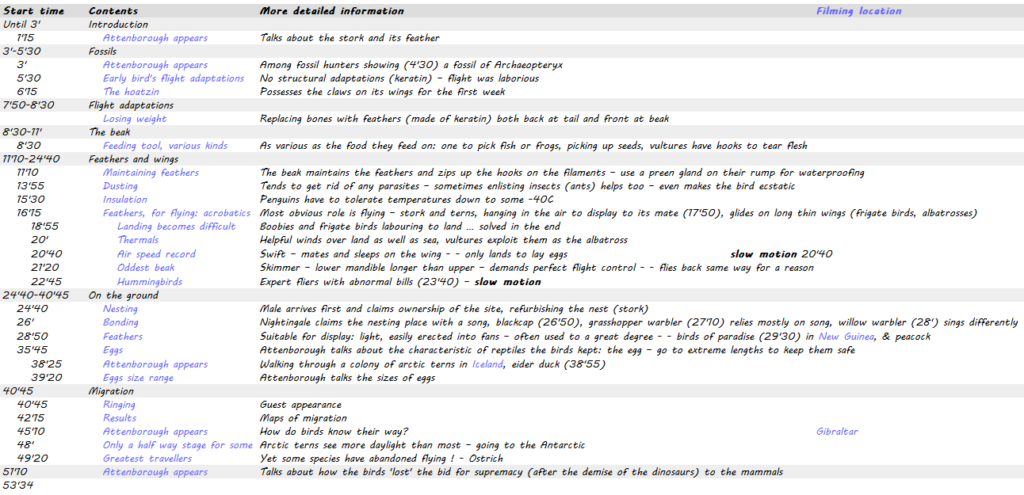
As can be seen from the outline above Attenborough has opted not to view the birds group by group and instead he concentrates on their characteristics.
Selected material
Switching from feather to fossil is done by nice overlapping …
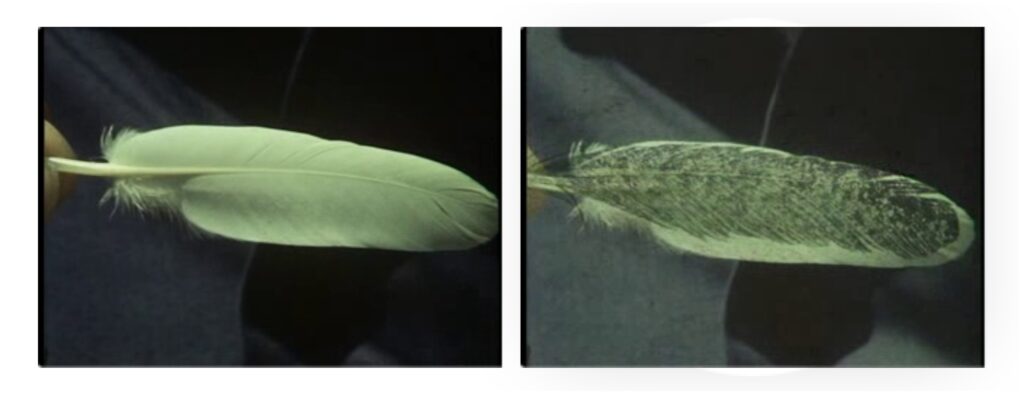
… but this is probably just some basic editing and planning (exactly where to put the feather and the fossil).
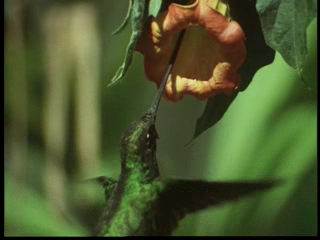
Filming the sword-billed hummingbird sipping nectar in slow motion where it manages to stay steady despite the body moving about (23’30-24’20). The last 24 seconds the wing beat is slowed down further to see how the wings move in the figure of 8. Great sequence.
It may be hard to imagine a sequence of the birds of paradise that would not be full of wonder. The bird episode has such a sequence (29’45-34’45) ending in the incredible blue bird of paradise (33’50). Attenborough’s own words describe this bird better than most: “And as he quivers and trembles, he sings as extraordinary and un-birdlike a song as comes from the throat of any bird.” (34’14-34’16).
Two of the birds-of-paradise are shown below but all are magnificently beautiful
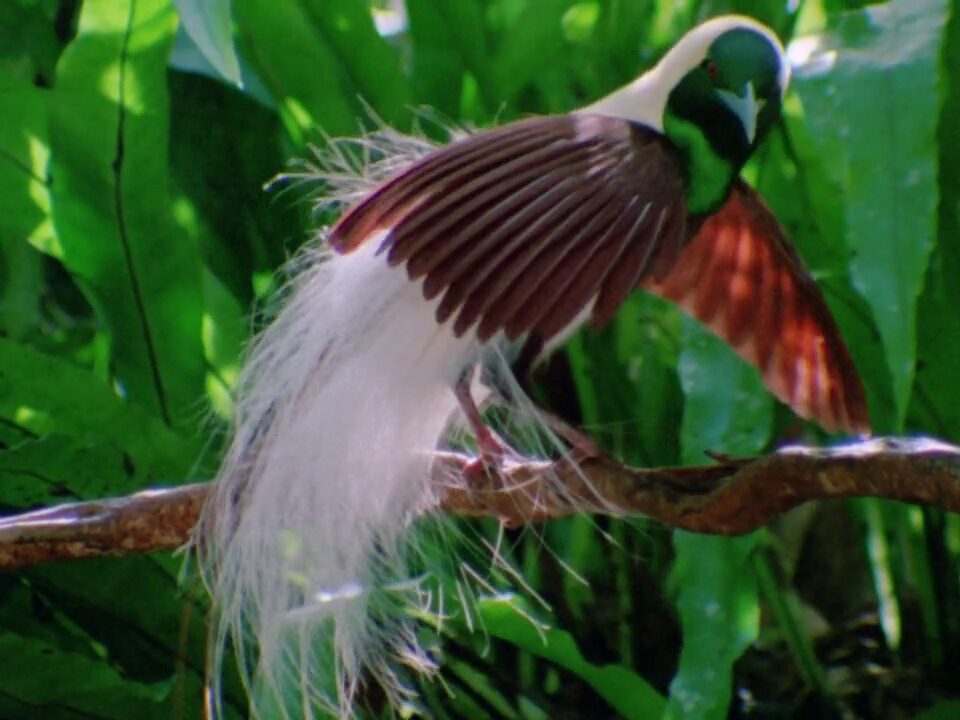
This (above) is the Emperor bird (full name being “The Emperors of Germany’s bird-of-paradise, 33’32)
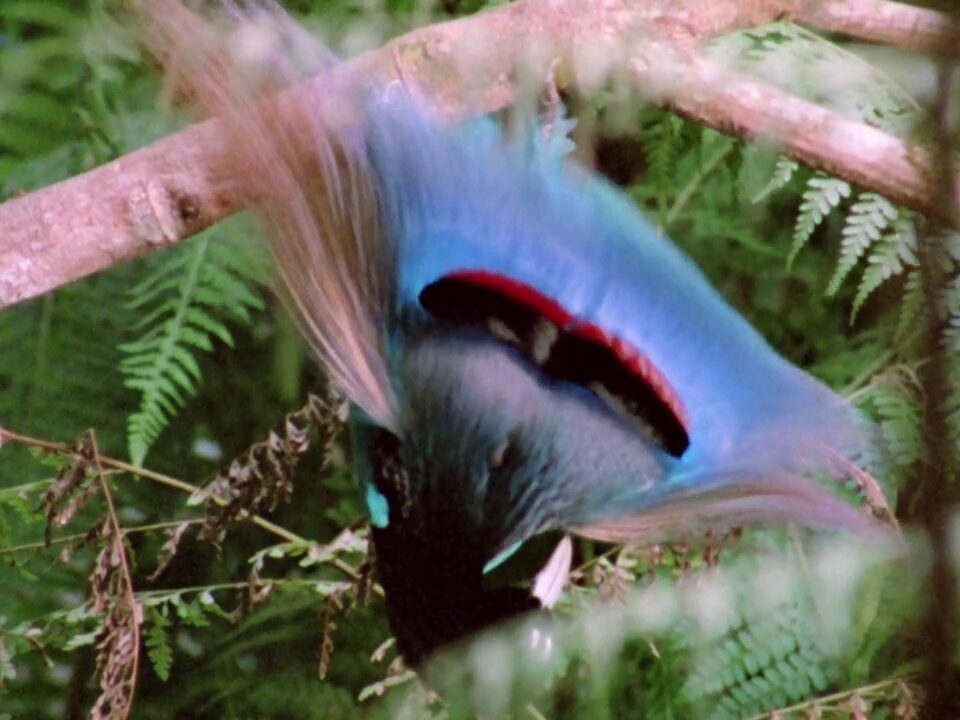
The blue bird of paradise (34’45)
The Count Raggi’s bird-of-paradise (= Raggiana bird-of-paradise) has a strange complication to its name – two very different names that both seem completely accepted by bird enthusiasts
While dealing with the migration part, filming the bird flocks signal on the radar at the air traffic control tower in Gibraltar (below) was a piece of brilliance.
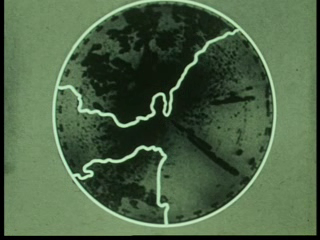
Coming up:
“And even looking at the ostriches, it’s not hard to imagine how dangerous they might be if they suddenly acquired a taste for red meat. They could certainly outrun me, and one kick could knock me over and rip me open. But that bid for supremacy by the birds failed. There was another, unobtrusive, creature around at the time that also had warm blood. But it was descended from a different group of reptiles, and it insulated its body not with feathers but with fur. That was the creature whose descendants were to inherit the earth. That was the first mammal.“
Filming locations:
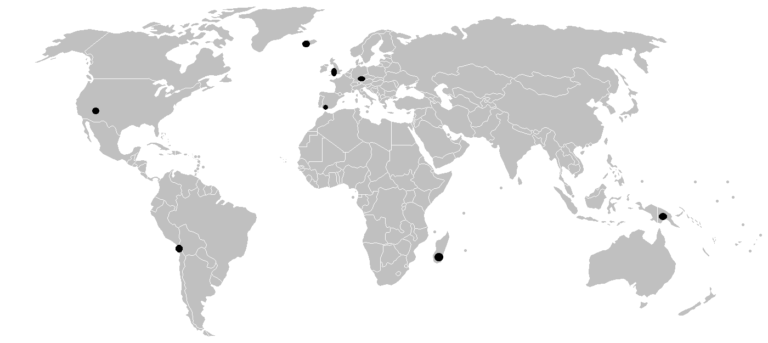
The above shows the scanty information available: Grand Canyon and Chile in the Americas, European locations include Iceland (38’30), Wales, Solnhofen, Germany (3′) and Gibraltar (45′). Further locations include Southern Madagascar (40′) and New Guinea. Most times Attenborough did not appear. In other cases time locations are given.